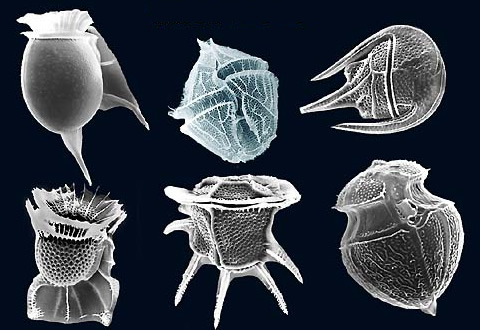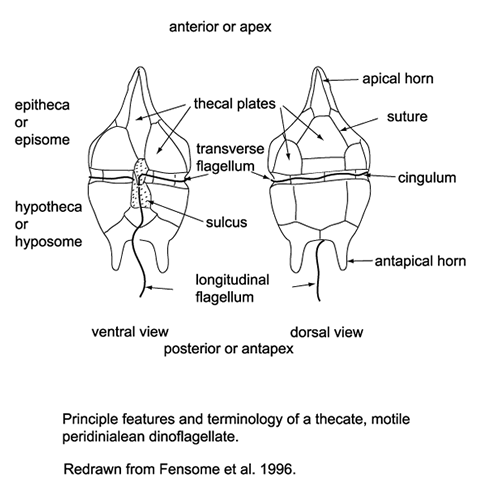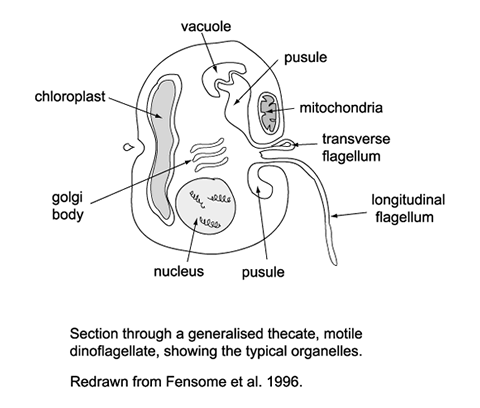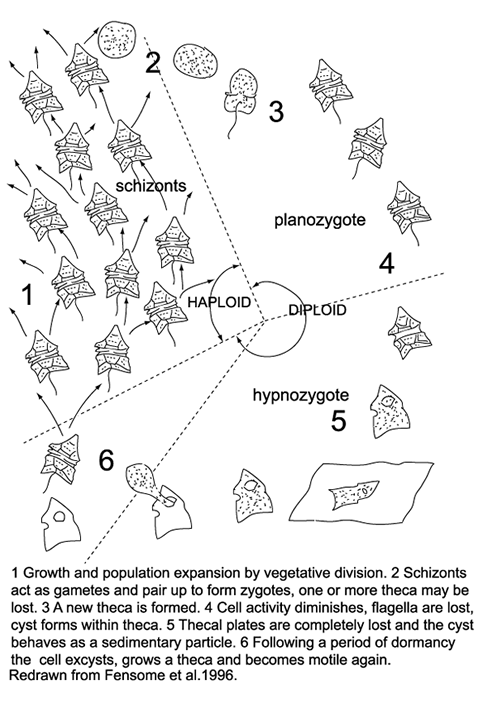I don't run a fuge so I'm not sure but from what I have seen I don't think it would... When dipping plugs and frags I used a straight shot of h2o2 and tried it 50/50 with tank water.. Both seemed to work but the dillluted version obviously took longer to kill the algae.... If I remember
Correctly dinos are a single cell organism so that might be why it gets wiped out so fast.... You can always try a little in a bowl or something with chateo over night like a couple drops of h2o2 to simulate a dilluted version like a tank and see what happens over night...
Correctly dinos are a single cell organism so that might be why it gets wiped out so fast.... You can always try a little in a bowl or something with chateo over night like a couple drops of h2o2 to simulate a dilluted version like a tank and see what happens over night...






















